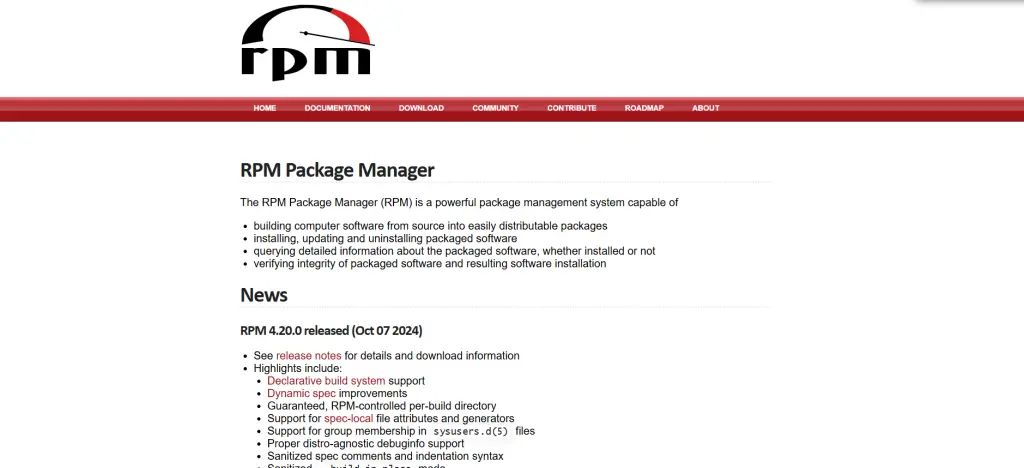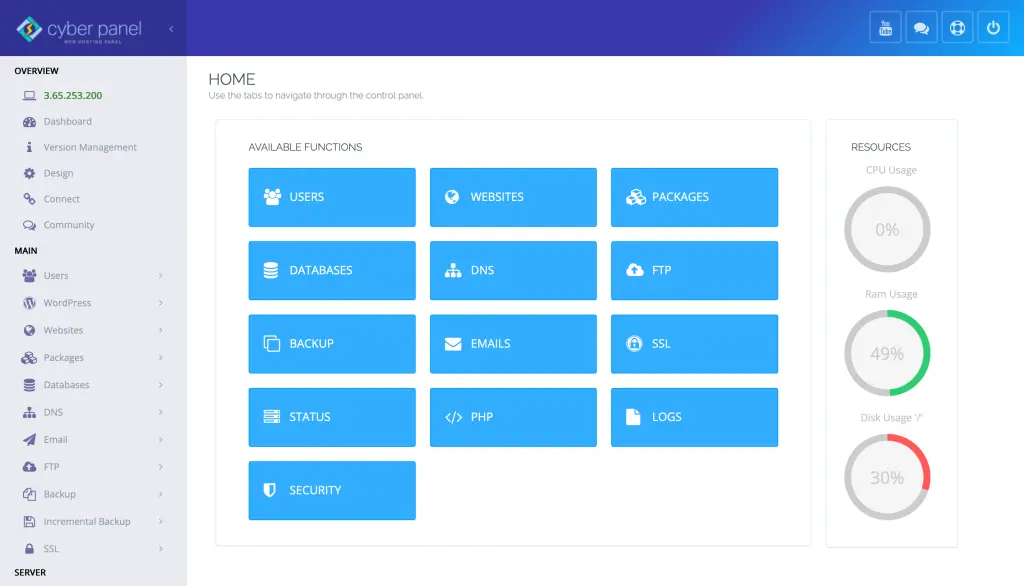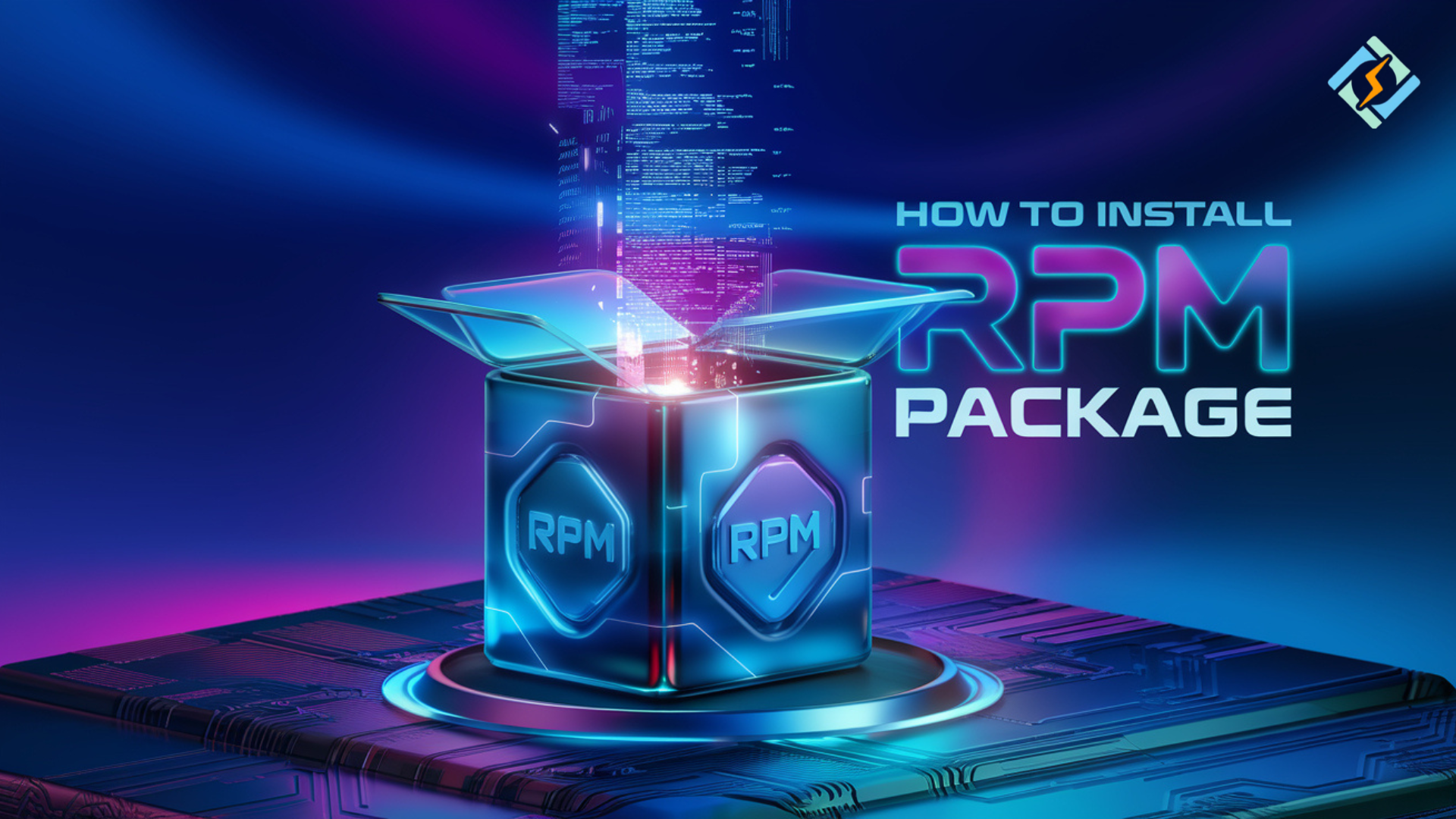Is it ever happened, when many times when you were just trying to install some software on your Linux and you faced issues? One common inconvenience is to deal with RPM (Red Hat Package Manager) packages. But have no fear — by the end of this guide, you’ll be ready to install any RPM package on your Linux machine with no problem. All the seasoned Linux users know the significance of RPM packages and a beginner should also have an idea of how to install RPM packages on a Linux System.
RPM package format is one of the most common ways to install software in Linux. But what is an RPM package? In simple terms, it’s a packaging format that is used by Linux distributions to store and distribute software and files required for a specific application. It is great for installing a combination of software and managing their packages easily.
You will have a guide on how things are about RPM packages, how to install them via RPM package installer, and how to make the software work fluently on your system in this article. In addition, you will learn a straightforward and reliable way to install RPM packages on Linux in such a way that you will master all it takes to manage Linux packages. So, here we go with installing RPM, may you be ready for your software management like pros!
What is an RPM Package?

Simply put, an RPM package is just a file ending with a. rpm the file extension which contains compiled files, libraries, documentation, and configuration files needed to install a specific application or software. It is also used by Linux distributions like Red Hat, CentOS, Fedora, and other RPM-based ones.
RPM packages simplify the installation, updating, and removal of software on your Linux system, using the rpm package manager, or other package managers like dnf or yum (in CentOS/Fedora) that support RPM-based formats.
How to Install RPM Package in Linux: Guide Step-by-Step
Now that you know what an RPM package is, let’s discuss how to install it on your Linux system.
Get exclusive access to all things tech-savvy, and be the first to receive
the latest updates directly in your inbox.
Prerequisites
PerquisitesBefore you start, be sure that you have:
- An RPM-compatible Linux distribution (Red Hat, Fedora, CentOS, etc.)
- A user account with root or sudo privileges to install packages
Using the RPM Command
The most common command to use to install RPM packages is rpm. Here’s how to do it:
sudo rpm -ivh package-name. rpmExplanation of the flags:
- -i: Install the package.
- -v: Verbose; show details of the installation process
- -h: Print hash marks (#) to show progress during installation
Example:
For example: you may want to install the package sample-package. rpm:
sudo rpm -ivh sample-package. rpmIf successful, you’ll see a confirmation message that the package was installed and the application will be ready for use.
Using YUM (For CentOS/Fedora)
For CentOS or Fedora users, you can also install RPM packages with yum or dnf (for newer Fedora versions). Package managers handle the dependencies automatically and ease the installation process.
sudo yum localinstall package-name.rpmor
sudo dnf localinstall package-name rpmThese commands do perform the installation, but they also automatically look for and install any required dependencies.
If you are having dependency errors while installing RPM packages with rpm, try to install with Yum or DNF as it will automatically resolve the dependencies for you. For example, yum look for any missing dependencies and install them before finishing the package installation.

Validating the Installed RPM Package
You can confirm if it’s installed using this command after installing the RPM package:
rpm -q package-nameThat will return the version number for the installed package or an error if the package isn’t found.
Removing an RPM Package
To uninstall the package use command:
sudo rpm -e package-nameThis will delete the package from your system.
Fixing Issues with the Installation of an RPM Package
When you install RPM packages, you may face some troubles. Here are some of the most common mistakes and how to correct them:
Dependency Issues: If you are getting dependency errors when trying to install, you might need to manually install missing dependencies. This is where using yum or dnf offers a lot more simplicity because it automates handling the missing dependencies for you.
Corrupted RPM Package: If the installation is unsuccessful and the package appears to be corrupted, you may attempt to download the package again from a reliable source. You can verify the integrity of the RPM file by running:
rpm -K package-name.rpmIf the integrity check does not pass, it is possible that the file has been corrupted when downloaded.
“RPM file is not valid”: Ensure that the RPM package is compatible with your distribution (CentOS, Fedora, etc). RPM files meant for one distribution won’t install correctly on another.
If you are trying to install RPM packages, make sure that the version of the RPM package you are installing is compatible with your Linux. To check you can use the below command to get the package version:
rpm -qi package-nameHow CyberPanel is involved in installing RPM Packages

Installing RPM packages is much easier with CyberPanel to manage your Linux server. CyberPanel is a web hosting control panel that provides a dashboard to manage server applications and software. It is suitable for RPM-based distributions, such as CentOS, and enables you to directly install software packages through its straightforward interface.
Installing RPM Packages with CyberPanel In CyberPanel, you do not have to use the terminal to upload and install RPM packages; you only need to upload a package.RPM and install it. With this graphical interface, it is the best choice for people who cannot cope with command lines to manage their Linux system.
CyberPanel also assists with server software management and provides some automation for installing various software, and configuration services without in-depth Linux command-line knowledge. It is especially beneficial for web hosting environments with server applications packaged as RPM packages.
FAQs: Install RPM Package
1. What is an RPM package and why the hell would I use it?
RPM is a package management system for installing, uninstalling, and managing applications in Linux. They are more efficient and make sure all the needed files and dependencies are bundled.
2. How to install the RPM package on Fedora?
RPM packages can be installed on Fedora using thdnf or yum command. Install the package using sudo dnf localinstall package-name. rpm to install.
3. What does the rpm -ivh command do?
This command installs an RPM package in verbose mode while displaying hash marks(#) to show the progress.
4. Is it in RPM packages Install without root permissions?
The answer is no, to install RPM packages system-wide you’ll require root or sudo privileges.
5. How do I install RPM packages without dependency problems?
Yum or dnf should be used since they resolve dependencies automatically when you’re installing an RPM package.
6. How do I uninstall an RPM package?
To remove an RPM package from our system we use: rpm -e package-name.
Final Thoughts: Install an RPM Package Like a Pro
Installing RPM packages on Linux does not need to be complicated. [Tools] Using proper commands, like: rpm, yum, and dnf, you can install and retake control of your repo. Alternatively, for those who aren’t as comfortable working in the command line, CyberPanel offers an easy solution for managing RPM setups; something that’s useful if you plan on establishing a web hosting service.
Using the steps described in this guide, you will learn to effectively manage RPM packages to keep your Linux system up to date-and running smoothly.
Are you ready to install your next RPM package? So why wait, Get started now, and take back control over your Linux system!



